As the seventh movie in a successful franchise and the first installment since Disney’s acquisition of Fox, Fede Álvarez’s Alien: Romulus has the task of reassuring longtime fans and ushering in a new era for the Xenomorphs. It manages it, mostly.
Set in an abandoned space station where a group of survivors must escape creatures they don’t understand, Alien: Romulus‘ story nods directly to Ridley Scott’s 1979 horror classic Alien. In addition, the narrow corridor and retro-futuristic technology underline how Romulus recycles the visual elements that make the franchise so easily recognizable. This is not just a rehash of old ideas, though. The script by Álvarez and his partner in crime, Rodo Sayagues, highlights the duo’s usual deranged energy. Unfortunately, while Alien: Romulus is quite good, nostalgia holds the sequel back and prevents it from being truly great.
For about half of its runtime, Alien: Romulus reintroduces the franchise’s sci-fi world to the audiences, underlining how these movies have always been about blue-collar workers fighting deadly threats due to corporate greed. Once again, the appalling conditions of mines in distant moons and the tentacular presence of the unscrupulous megacorporation Weyland-Yutani Corp play a central role in pitching a new crew against the Xenomorphs in a familiar but extremely well-shot movie.
Everything you love about Alien is right there at the beginning, regardless of which chapter of the franchise made you fall in love with it. The claustrophobic feeling crafted by Scott is present as the impractical space station doors and passages filled with dark corners are menaces in themselves to the new victims. Romulus also pays homage to James Cameron, who introduced explosive set pieces in 1986’s Aliens. There’s even a little bit of David Fincher’s 1992 underrated Alien 3 thrown in the mix, as Romulus focuses on a group of misfits who are way over their depth when meeting the Xenomorph threat.
As the story of Romulus unfolds, the movie will keep showing how much it respects the franchise’s history as a whole, with some developments directly connected to the divisive plot of 1997’s Alien Ressurection. The new movie even offers fans closure to the confusing Scott prequels released in 2012 and 2017. Even if its answers don’t reach the heights of Scott’s ambitions, Romulus manages to somewhat close that chapter of the franchise and allow Alien to return to its classic scary form, where philosophical questions are part of the subtext instead of stealing the spotlight.
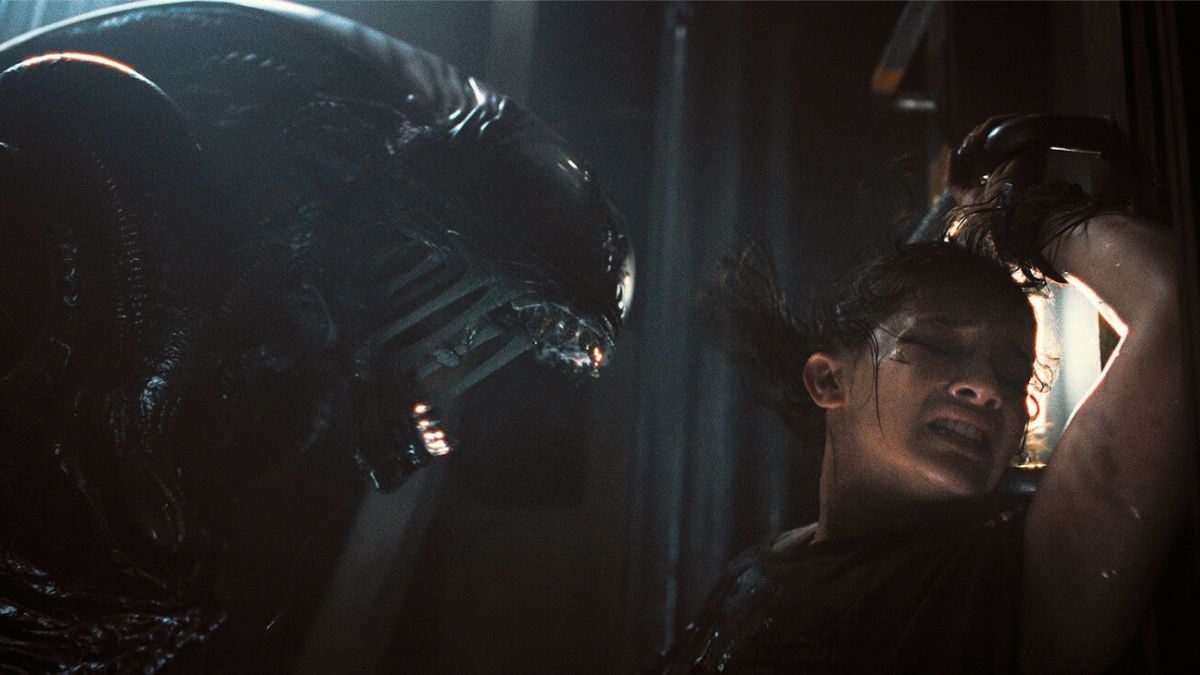
It’s clear that Álvarez did his homework, as Romulus constantly tries to show fans that the franchise they love is still the same, even if the House of Mouse now deals the cards and signs the checks. This choice is understandable, but unfortunately, Romulus’ dedication to nostalgia makes the first half of the new movie feel too similar to previous installments to leave a mark.
Given all the controversy surrounding Star Wars and even the divisive swan song to Harrison Ford’s Indiana Jones, it’s easy to imagine that Disney ordered a more conservative movie when developing Alien: Romulus. In the past years, the company’s biggest IPs keep bleeding money, so they can’t risk Alien following the fate of the MCU and that Galaxy Far Far Away. What’s more, Dan Trachtenberg’s Prey put the Predator franchise back on track by returning to the basics, albeit with a lot of creative freedom.
Still, this is Fede Álvarez we are talking about, a director who built his reputation by imprinting his unique voice on 2013’s Evil Dead. Álvarez thrives when allowed to unleash his dark and twisted imagination instead of following protocols. That’s exactly why Alien: Romulus becomes more exciting after it stops checking boxes in the nostalgia list. Until then, Alien: Romulus is entertaining. From that point on, it’s nothing short of brilliant.
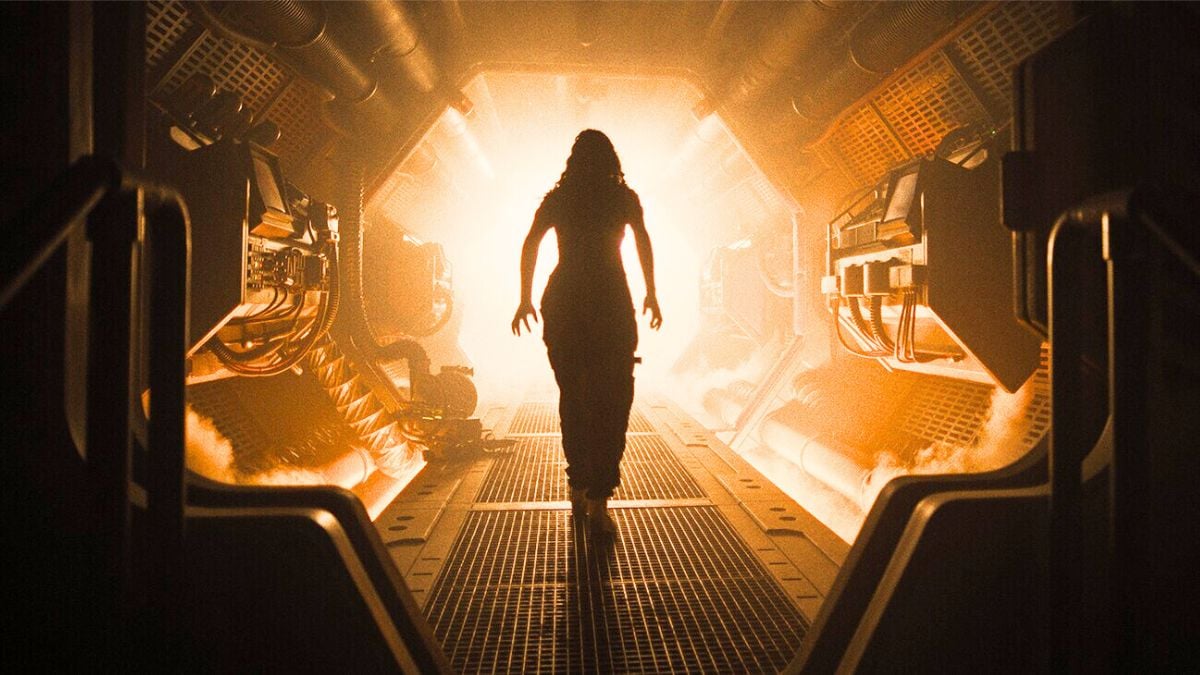
With control over script and direction, Álvarez finds new ways to play with iconic elements, such as Xenomorphs’ acid blood and the creatures’ gruesome birth cycle. He also makes the most of the space setting, turning gravity into a powerful storytelling tool. Above everything else, Álvarez is unafraid to expand the Alien mythology and introduce new twists to the established canon.
Change has always been part of the Alien franchise DNA, with multiple filmmakers framing the lore through unexpected angles. So, when Álvarez stops playing safe and embraces his creative energy, he’s doing more for the future of Alien than when he tames his imagination to abide by fan service. It’s no wonder the second half of Alien: Romulus hits as hard as it does.
Álvarez is also a master regarding practical effects, which he uses to create visceral confrontations and unnervingly realistic deaths. Texture has always been an important aspect of the Alien aesthetic, and it just feels good that Álvarez opted for being as grounded as possible when building with its otherworldly atmosphere. There’s still a lot of CGI in Romulus, especially in external shots where the universe is a black void isolating the new Xenomorph prey. Still, whenever he can, Álvarez brings the camera closer to the action, betting on the lasting power of prosthetics and animatronics.

Alien: Romulus’ talented cast also elevates the movie. First of all, following the franchise’s tradition, Romulus has a female protagonist. Sigourney Weaver’s Ripley is one of the most beloved characters in cinema history, to the point any comparison wouldn’t be fair. So it’s positive that Cailee Spaeny’s Rain is not trying to mimic Ripley. Instead, Rain is allowed to be her own kind of protagonist, one who rises above her insecurities in her hour of need. Spaeny already showed she has the talent to play quiet but complex characters with Civil War earlier this year. Now, Alien: Romulus allows her to cement her career as one of the most promising stars in Hollywood.
Rain’s journey is paralleled by David Jonsson’s Andy, a synthetic person found in the trash, repaired, and raised as the protagonist’s brother. Andy’s artificial nature is an integral part of the story’s development, with Romulus focusing extra on the dangers and potentials of artificial intelligence as the tool becomes more present in everyday life. Jonsson gives a powerhouse performance, changing his body language to adapt to Andy’s fluctuating code.
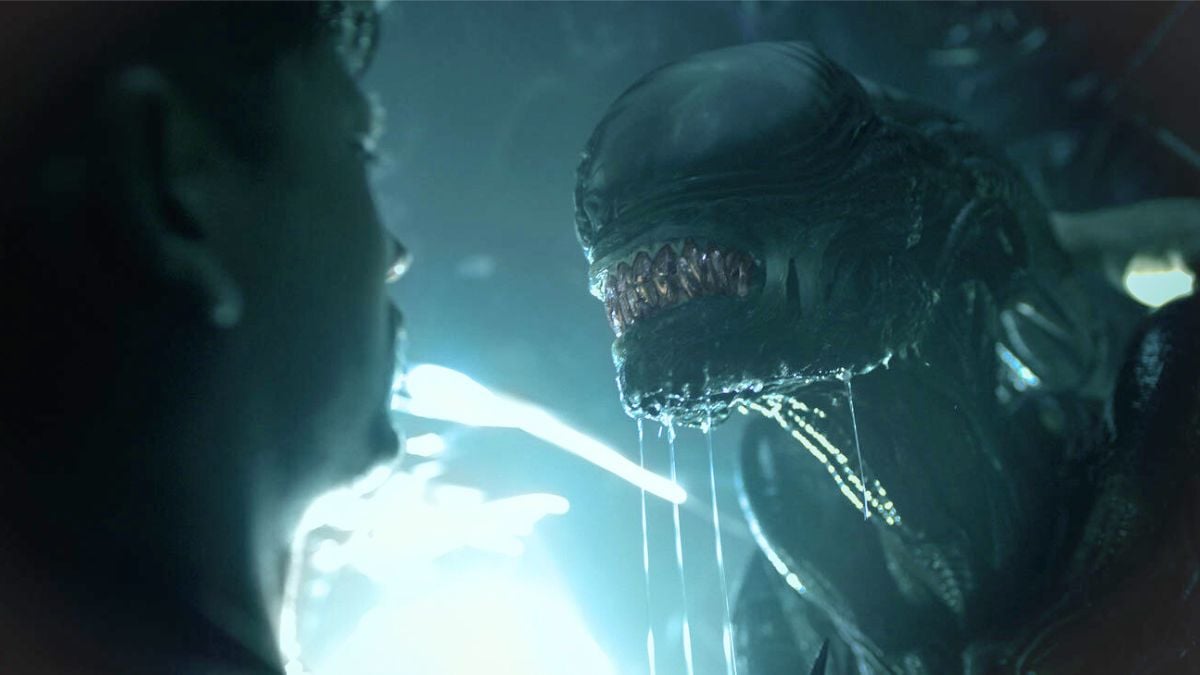
One final thing that must be noted about Alien: Romulus is how it embraces the female genitalia as the source of its terrors. Since the original designs of H. R. Giger, the Xenomorph anatomy and lifecycle have often raised some fair comparisons with female reproductive systems. Over the decades, this parallel became ever more evident, with themes of gestation and birth traversing the whole franchise.
Álvarez is quite aware of the analogy and doubles down on the vulva design. Romulus explores the transformation of Xenomorph in detail, not only giving fans a peek at previously unseen parts of the process but also reiterating the design choices that have followed the franchise since its inception.
Overall, Álvarez did a wonderful job of breathing new life into the universe of Alien, which has faltered since the 1990s. Whilst Romulus could have been less conservative in approaching the franchise, the new elements it brings are a sight worth seeing in theaters and the promise of a brighter future for Alien movies.
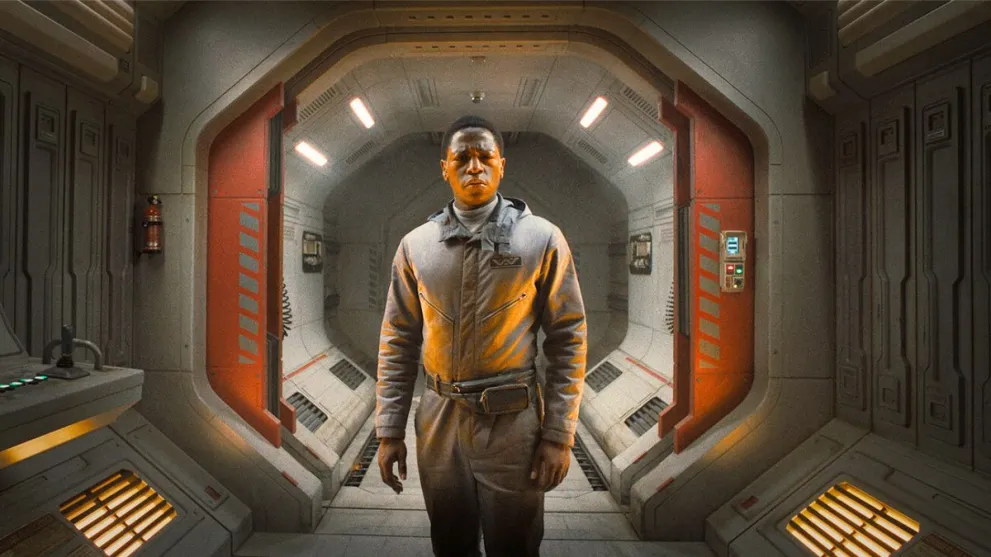
- Adherence to the franchise's themes and aesthetic
- Strong performances, especially from Cailee Spaeny and David Jonsson
- Impressive practical effects and visceral action sequences
- Creative expansion of Alien mythology in the second half
- Effective use of claustrophobic atmosphere and tension
- First half feels overly familiar due to excessive nostalgia
- Initially plays it safe before embracing more creative elements

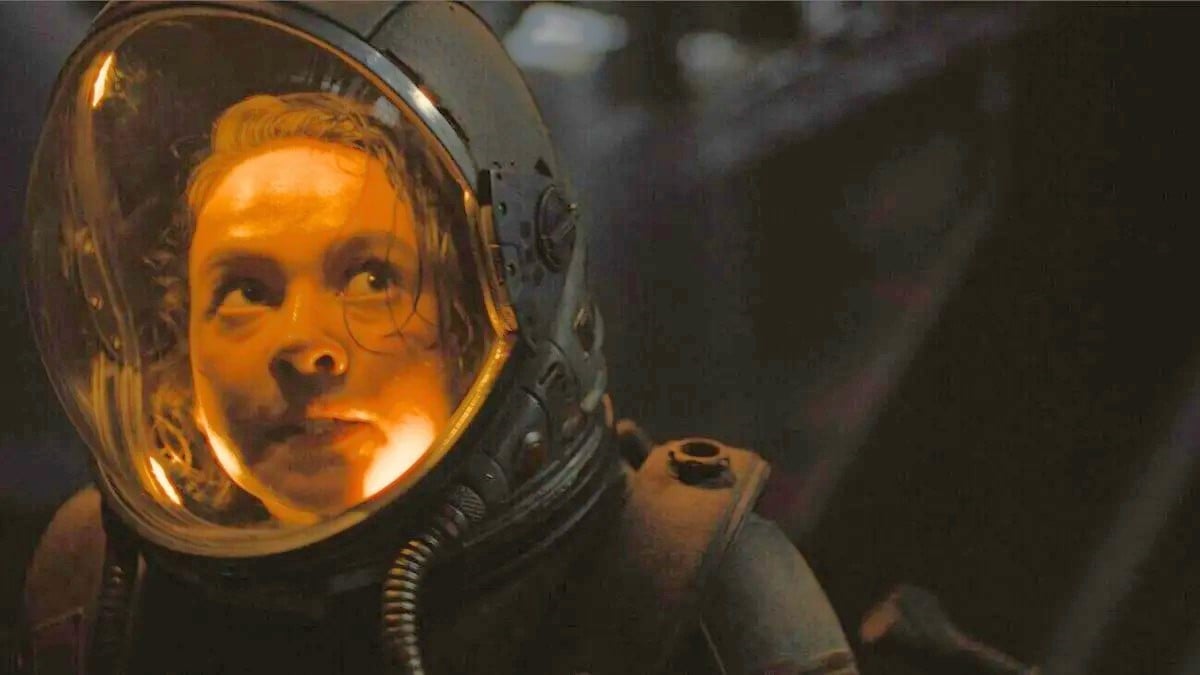









Published: Aug 15, 2024 09:46 am